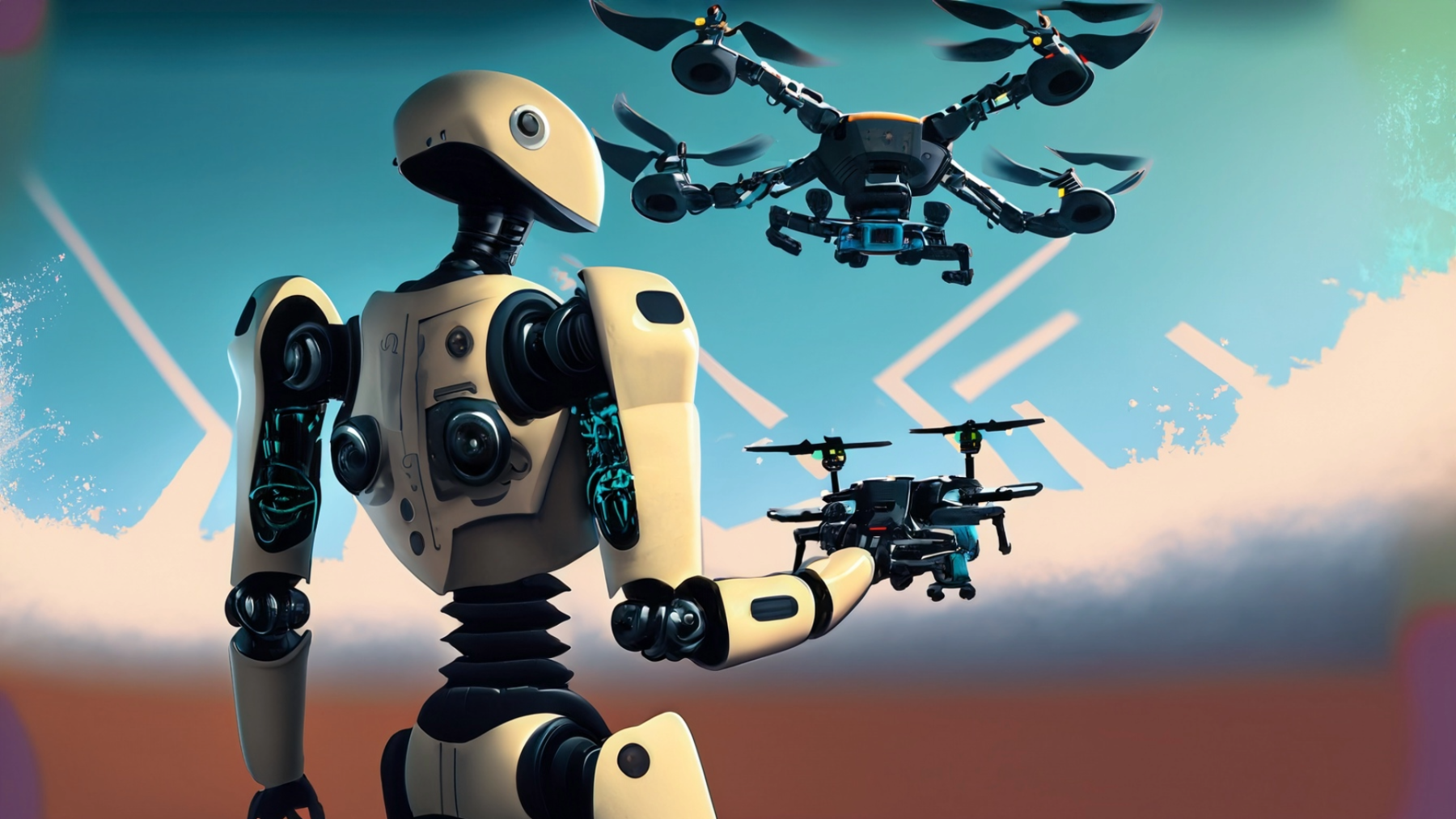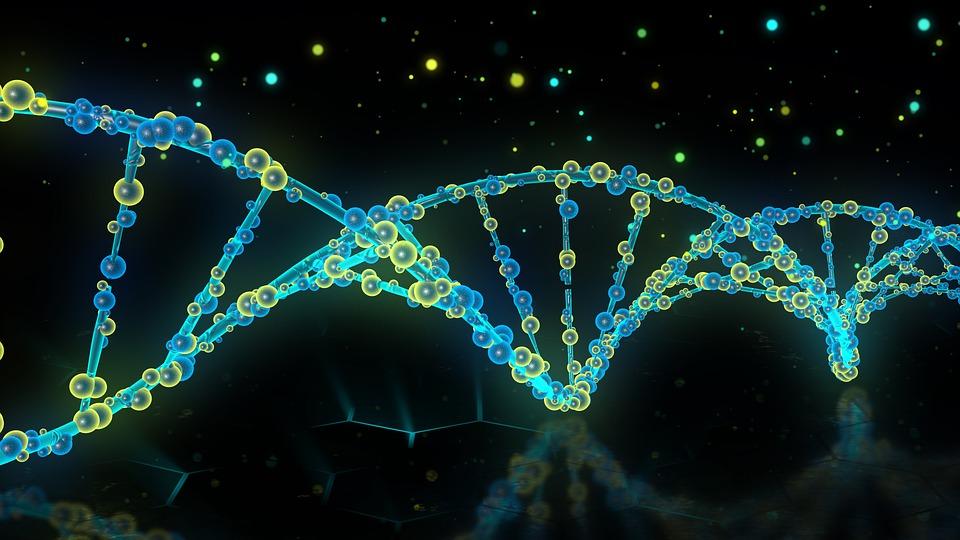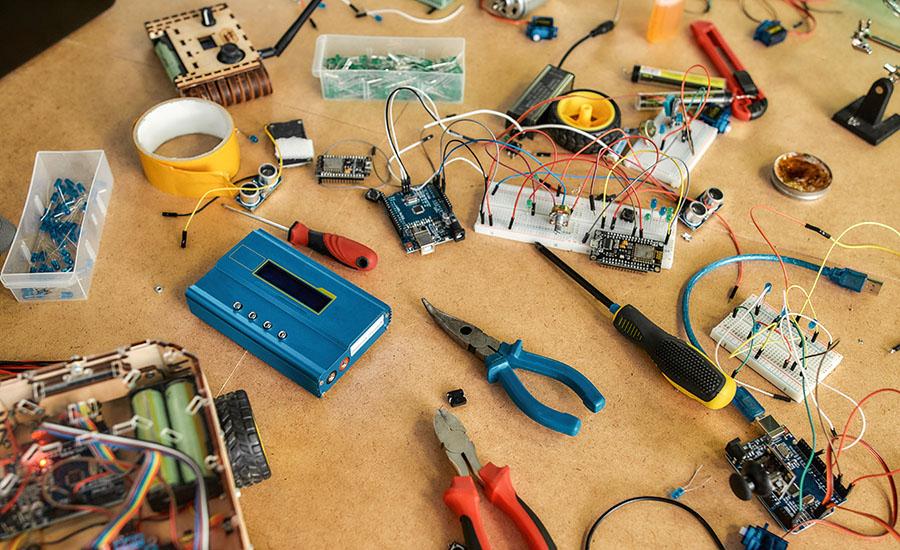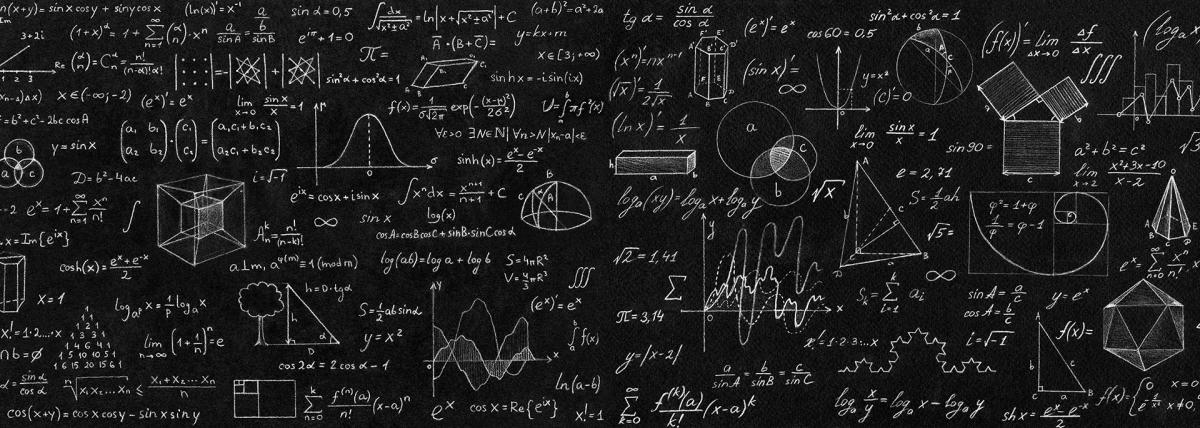
Coding a Drone to Fly on Mars or in a City Park! Plan 1 of 2
by Rob Lynch
Coding and flying drones what a match! Students will have the chance to experiment with flying a drone in a simulator. The lesson includes 4 missions incorporating forces of flight acting on a drone.
Lesson Plan Link/URL
https://docs.google.com/presentation/d/1UfpFU1H2bYSkF3uQwpu0dN3TGw6dzJ4Y/edit?u…Subject Area
Science Physical Science P3: Net Force P4: Energy Transfer Technology 1. Empowered Learner 3. Knowledge Constructor 4. Innovative Designer 5. Computational Thinker Engineering S4: Apply Science to Engineering S5: Apply Technology to Engineering Mathematics Measurement and Data (MD) English Language Arts (ELA) Writing
Featured
Off
Related Content

Grades:
3rd Grade, 4th Grade, 5th Grade, 6th Grade, 7th Grade, 8th Grade
In this engaging lesson, students will learn about genetics and create their own characters in which they will find a mate and create an offspring. They will use traits and Punnett Squares to create

Grades:
6th Grade, 7th Grade, 8th Grade
The students design and test a catapult using simple materials like popsicle sticks and rubber bands. They learn about the history of catapults and also about the physical science concepts related to

Grades:
4th Grade, 5th Grade, 6th Grade, 7th Grade, 8th Grade, 9th Grade
With this introductory lesson on Newton's Laws, student will have the opportunity to understand and explain Newton's 3 laws through a hands-on experience. This is an excellent way to introduce physics